In the thrilling world of drag racing, spectators often witness the awe-inspiring sight of cars pulling off wheelies, where the front wheels lift off the ground during acceleration. The mechanics and factors that determine why certain drag cars achieve this impressive feat while others remain firmly planted on the ground are a fascinating study of physics, engineering, and driver skill.
The Physics of Wheelies
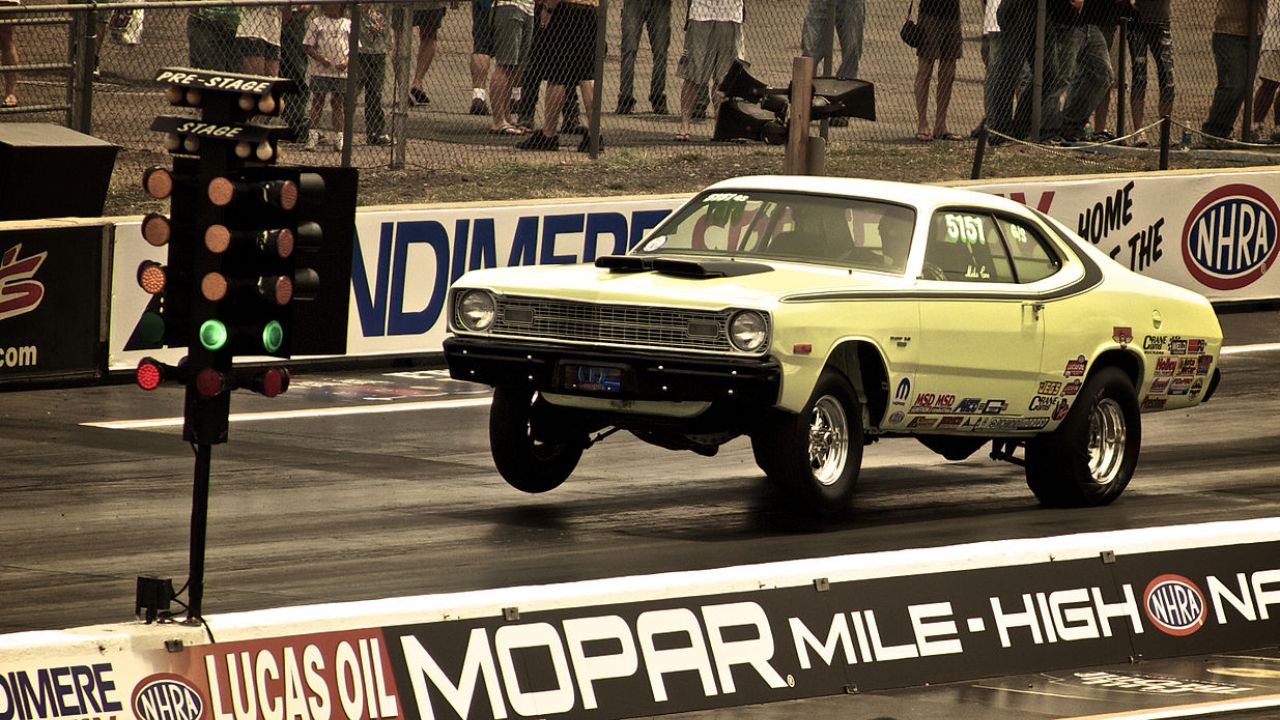
Torque and Power Distribution
One of the primary reasons some drag cars pull wheelies is due to the distribution of power to the rear wheels, which can cause the front wheels to lift. Torque, the rotational force applied to the wheels, plays a significant role in this phenomenon. When a car accelerates, the rear wheels receive a surge of power. If this power is substantial enough, it can cause a rapid rotation that lifts the front end off the ground.
Center of Gravity and Weight Transfer
The center of gravity in a car is crucial for wheelie execution. Cars with a higher center of gravity are more prone to lifting their front wheels, as the weight shifts more dramatically to the rear during acceleration. This weight transfer is an essential component of wheelies, as it dictates how the car’s mass is distributed. The more effectively a car can transfer its weight to the rear, the greater the likelihood of achieving a wheelie.
Traction Dynamics
Traction is another key element in the likelihood of a wheelie. The grip between the tires and the racing surface determines how much power can be effectively transferred to the ground. On surfaces with high traction, cars can generate enough force to lift the front wheels. Conversely, on slippery surfaces, the potential for a wheelie diminishes.
Design and Engineering Factors
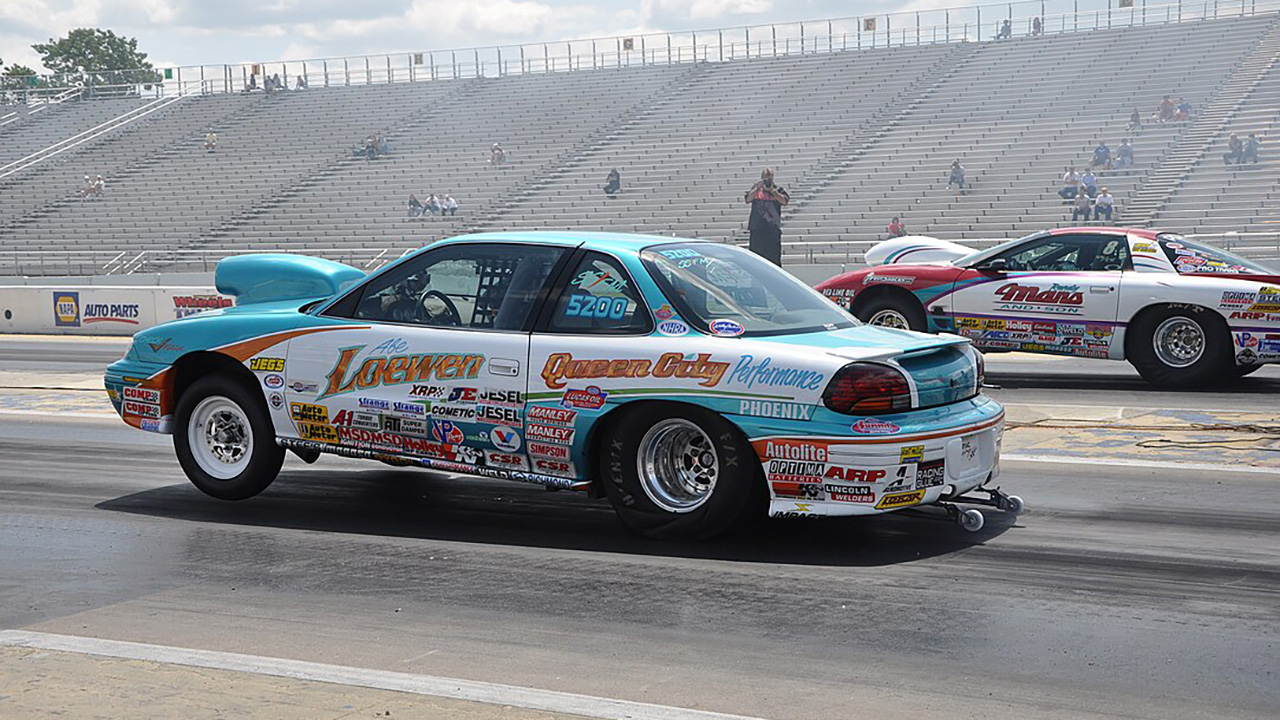
Chassis and Suspension Setup
The design of a car’s chassis and its suspension setup significantly influence its wheelie potential. Drag cars with stiff rear suspensions and flexible front setups are more likely to lift their front wheels. A car’s ability to wheelie is also affected by the positioning of its suspension components, which can be optimized to promote or prevent wheelies depending on the racing strategy.
Aerodynamics and Downforce
Aerodynamic elements and downforce can also affect a car’s ability to wheelie. More downforce at the front end can help keep the wheels planted on the ground. This is why cars designed specifically to avoid wheelies often incorporate front splitters or other aerodynamic aids. The role of aerodynamics is crucial in striking a balance between speed and stability.
Vehicle Weight and Balance
The overall weight and its distribution in a vehicle are fundamental to its performance. Heavier cars may have a harder time lifting their front ends unless the weight is strategically placed towards the rear. The balance of weight plays into how effectively a car can achieve a wheelie without compromising its racing performance.
Driver Techniques and Strategies
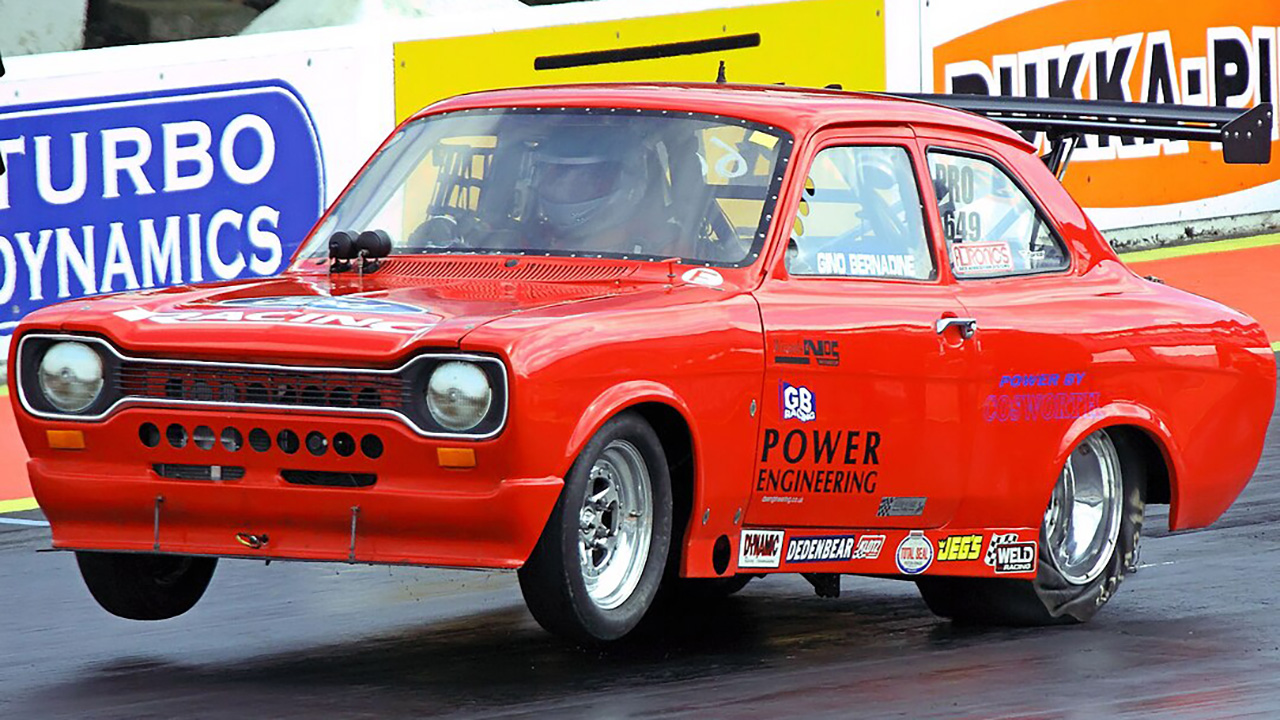
Launch Techniques
The techniques employed by drivers at the start of a race can greatly influence whether a car performs a wheelie. Drivers may choose to launch their cars aggressively to maximize torque transfer to the rear wheels, encouraging a wheelie. Conversely, a more controlled launch can prevent the front wheels from lifting, maintaining stability.
Throttling and Gear Shifts
The timing and intensity of throttle application are critical in managing wheelies. A sudden, powerful application of throttle can lead to a wheelie, while gradual acceleration might prevent it. Additionally, gear shifts need to be timed to maintain the desired power distribution without upsetting the car’s balance.
Driver Experience and Skill
Experienced drivers possess the skill to manage the complex dynamics of wheelies during a race. Their ability to read the car’s behavior and make real-time adjustments is crucial. Driver skill is often the differentiating factor between a controlled wheelie and an uncontrolled lift.
Comparing Drag Cars and Wheelie Machines
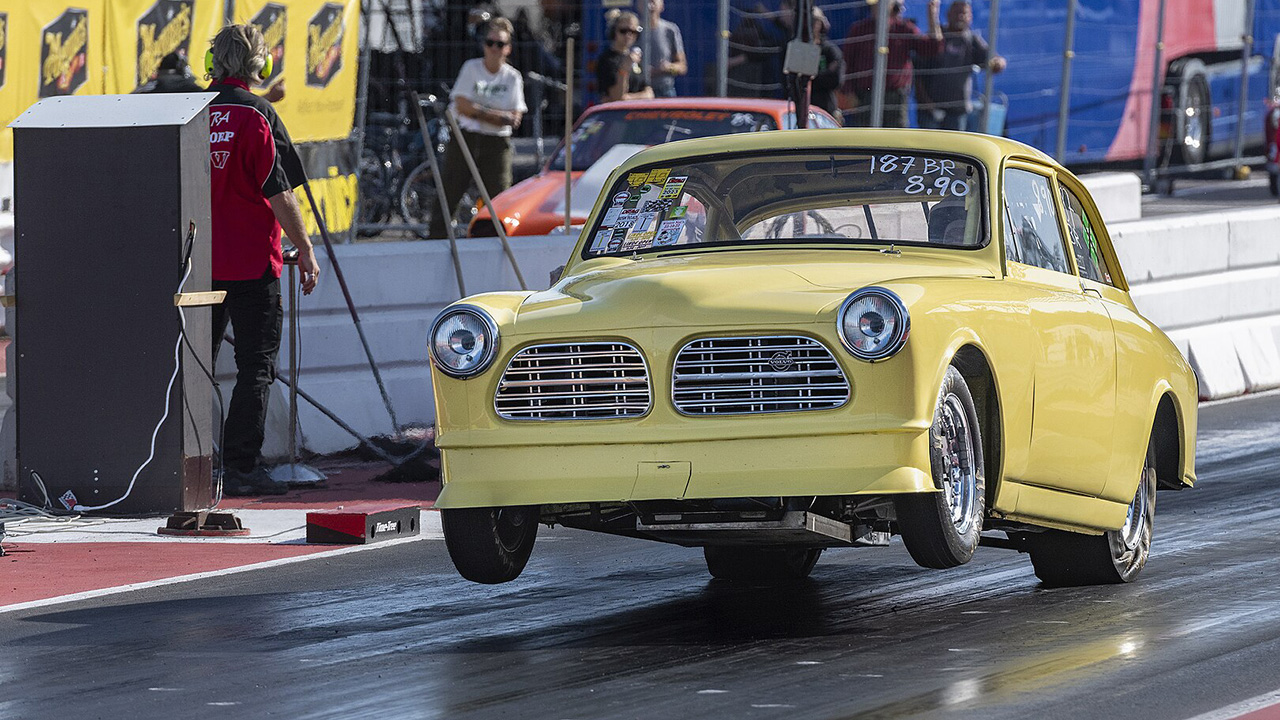
Purpose-Built Wheelie Cars
Some cars are specifically modified or built to perform wheelies. Unlike regular drag cars, these vehicles are designed with exaggerated features that promote wheel lifting. For example, the use of specialized rear tires and altered suspension setups can make these cars perform spectacular wheelies.
Performance Goals and Trade-offs
In professional racing, the goal isn’t always to achieve a wheelie. While they are visually impressive, wheelies can hinder overall performance by increasing drag and reducing control. The trade-offs between achieving wheelies and optimizing drag race performance are a constant consideration for teams and drivers.
Safety Considerations
Wheelies, while thrilling, introduce additional safety risks. The sudden lifting of the front wheels can lead to loss of control, which is why safety measures are critical. Professional racing environments manage these risks with stringent protocols and the use of safety equipment like wheelie bars.
Cultural and Spectator Appeal

Entertainment Value
Wheelies captivate audiences with their dramatic display of power and control. They add a layer of excitement to drag racing, drawing spectators who relish the spectacle. The entertainment value of wheelies is a significant aspect of their appeal.
Historical Context
Wheelies have a rich history in racing culture. Over the years, they have evolved from simple displays of power to sophisticated maneuvers that showcase a driver’s skill and a car’s engineering. This historical significance contributes to their ongoing popularity in racing.
Community and Fan Perspectives
The racing community holds diverse opinions on the desirability and risks of wheelies. Some view them as an essential part of the sport’s allure, while others prioritize performance and safety. Engaging with fan perspectives, such as those shared in online forums, reveals the passionate debates surrounding this topic.
Like Fast Lane Only’s content? Be sure to follow us.
Here’s more from us:
*Created with AI assistance and editor review.

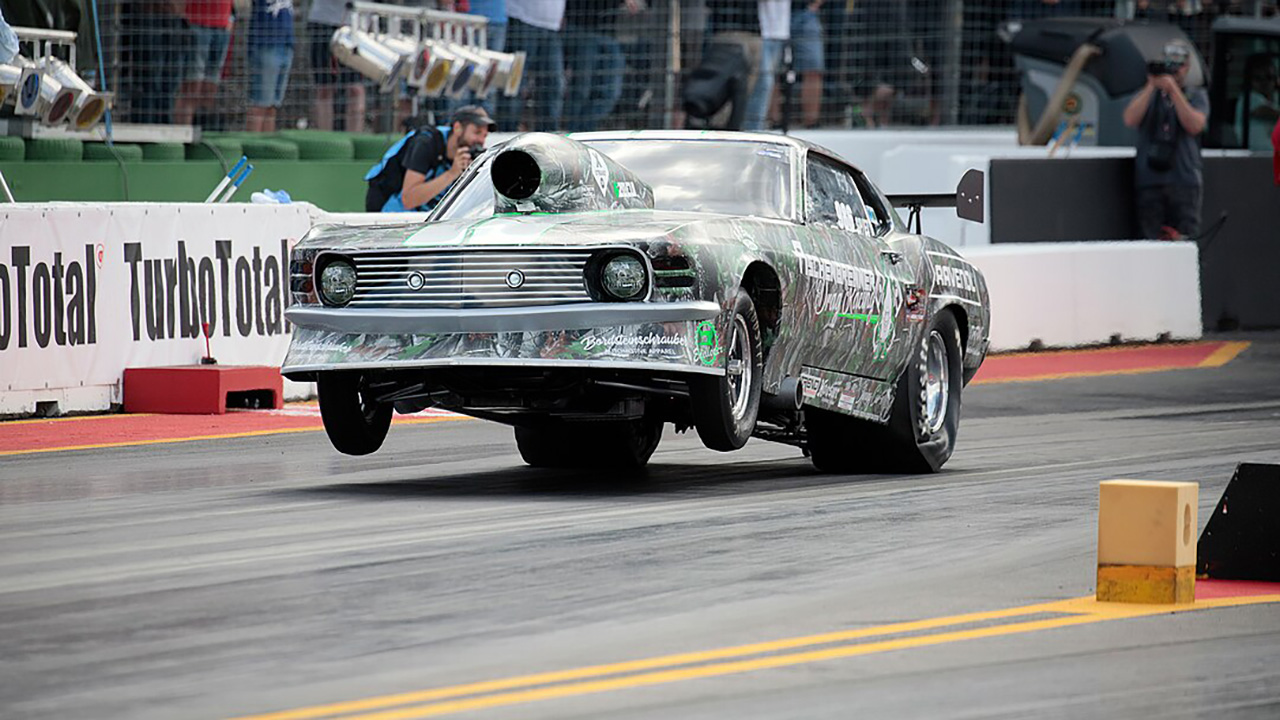

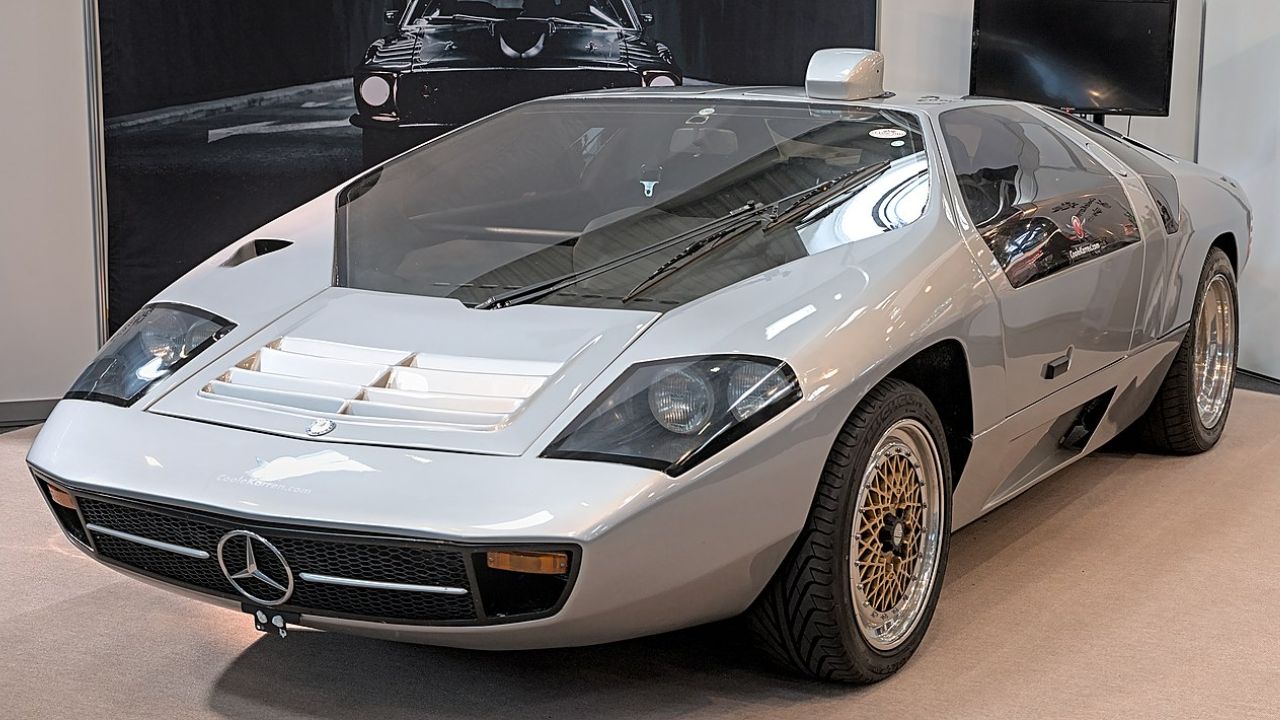

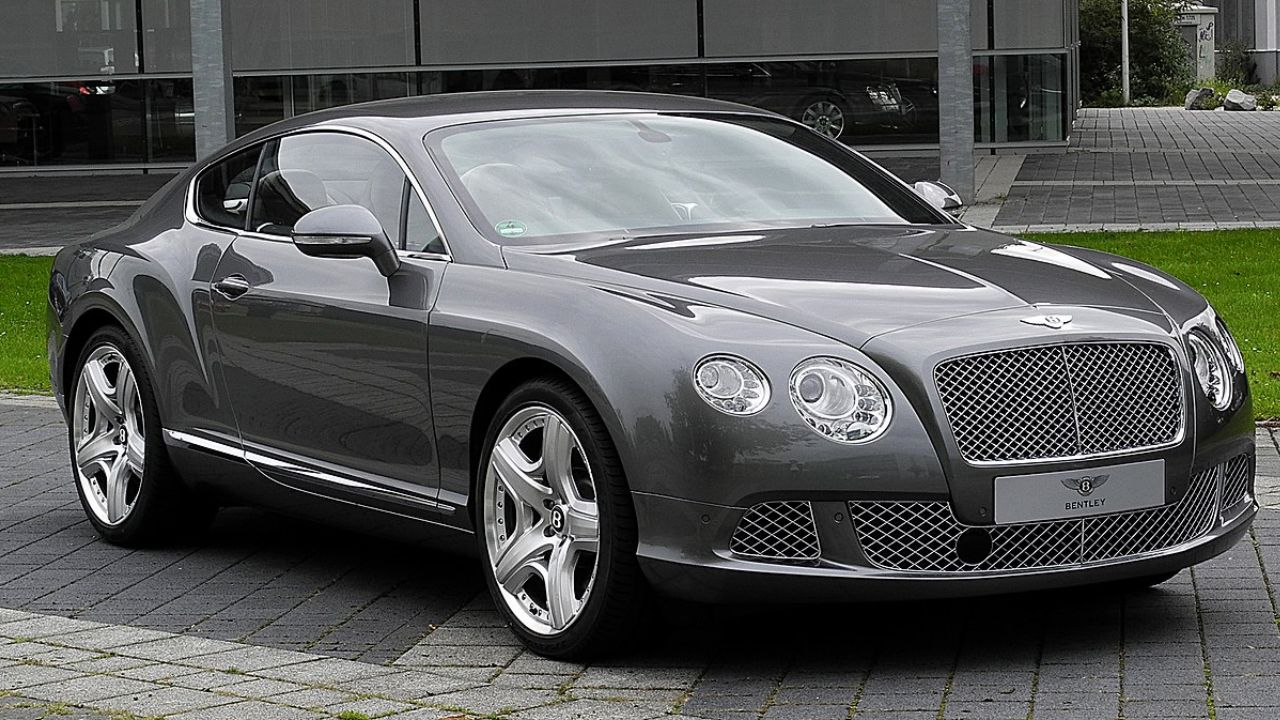
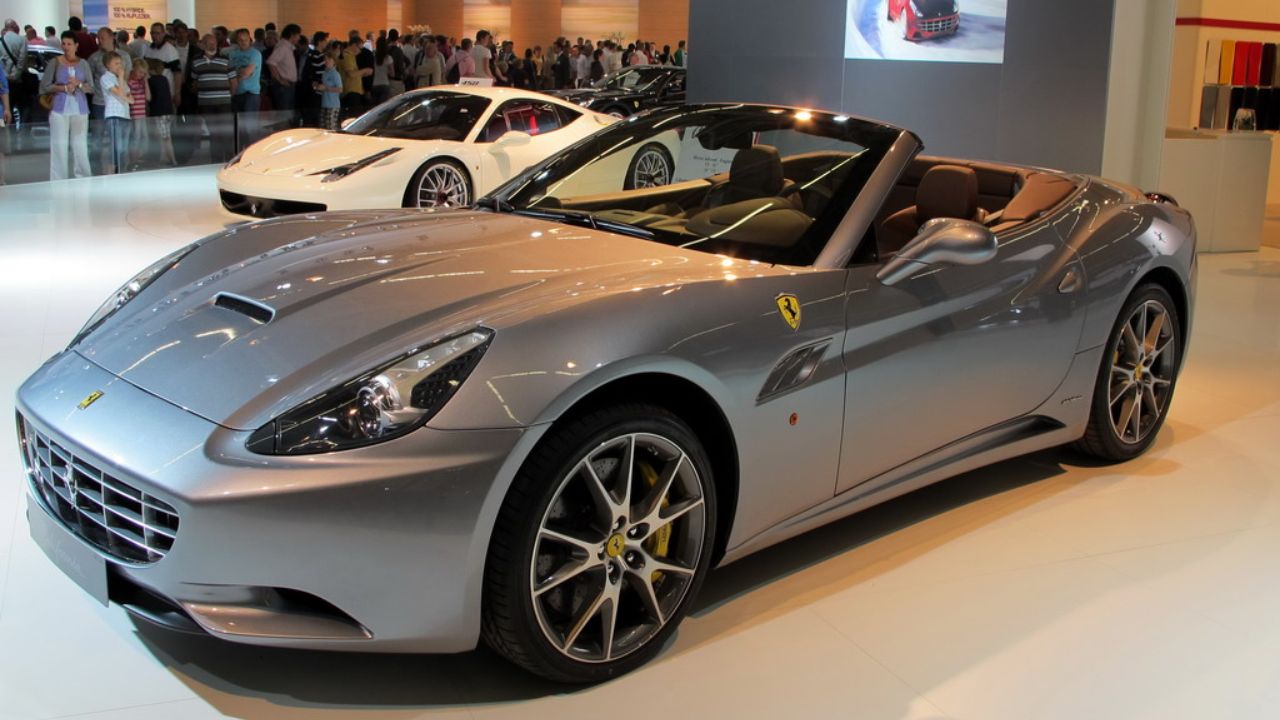
Leave a Reply